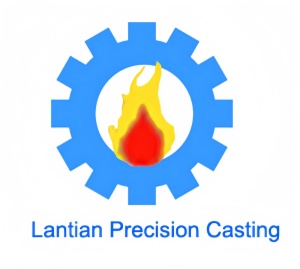
Silica sol investment casting is a top precision investment casting technology, and it’s changing modern manufacturing for the better. This advanced method combines the careful precision of investment casting with the strong structural stability of ceramic molds. The result metal Components with excellent dimensional accuracy and superior surface finishes.
From detailed aerospace parts to high precision medical implants, silica sol investment casting is expanding what’s possible in metal fabrication.
It represents the highest level of precision in investment casting processing, giving manufacturers unmatched abilities to produce engineering metal components. As industries ask more and more for complex, highly accurate metal parts, this technology is perfectly suited to meet those strict demands. With ongoing research and development, silica sol casting will likely broaden its uses and keep transforming the manufacturing world.
Advantages of Silica Sol Casting Process
- Exceptional Surface Finish: Achieves surface roughness as low as Ra 1.6μm.
- Dimensional Accuracy: Maintains tolerances within ±0.1mm for most applications.
- Material Versatility: Suitable for a wide range of alloys, including stainless steels,carbon steel and super alloys.
- Complex Geometry: Enables production of intricate metal parts with thin walls and fine details.
- Cost Efficiency: Reduces machining requirements and material waste.
Silica Sol Investment Casting Process:
- Make the pattern: Use an injection molding machine to create precise wax patterns.
- Assemble the tree: Once the wax patterns are made and repaired, put them together to form a tree shape.
- Apply slurry: Dip the patterns into silica sol-based ceramic slurry. Add multiple layers this way.
- Add stucco: Put refractory materials between the layers. This makes the shell stronger.
- Remove the wax: Heat the assembly to melt away the wax pattern. This leaves a hollow ceramic mold.
- Roast the shell: Fire the ceramic shell at high temperatures. This gives it its final strength.
- Pour the metal: Pour molten metal into the prepared mold.
- Take off the shell: Let the metal cool, then break away the ceramic shell. The cast part is now visible.
1. Aerospace: It makes turbine blades and engine components.
2. Medical: It produces orthopedic implants and surgical instruments.
3. Automotive: It creates turbocharger wheels and transmission parts.
4. Energy: It manufactures gas turbine components and heat exchangers.
5. Art and Jewelry: It crafts detailed sculptures and intricate designs.





